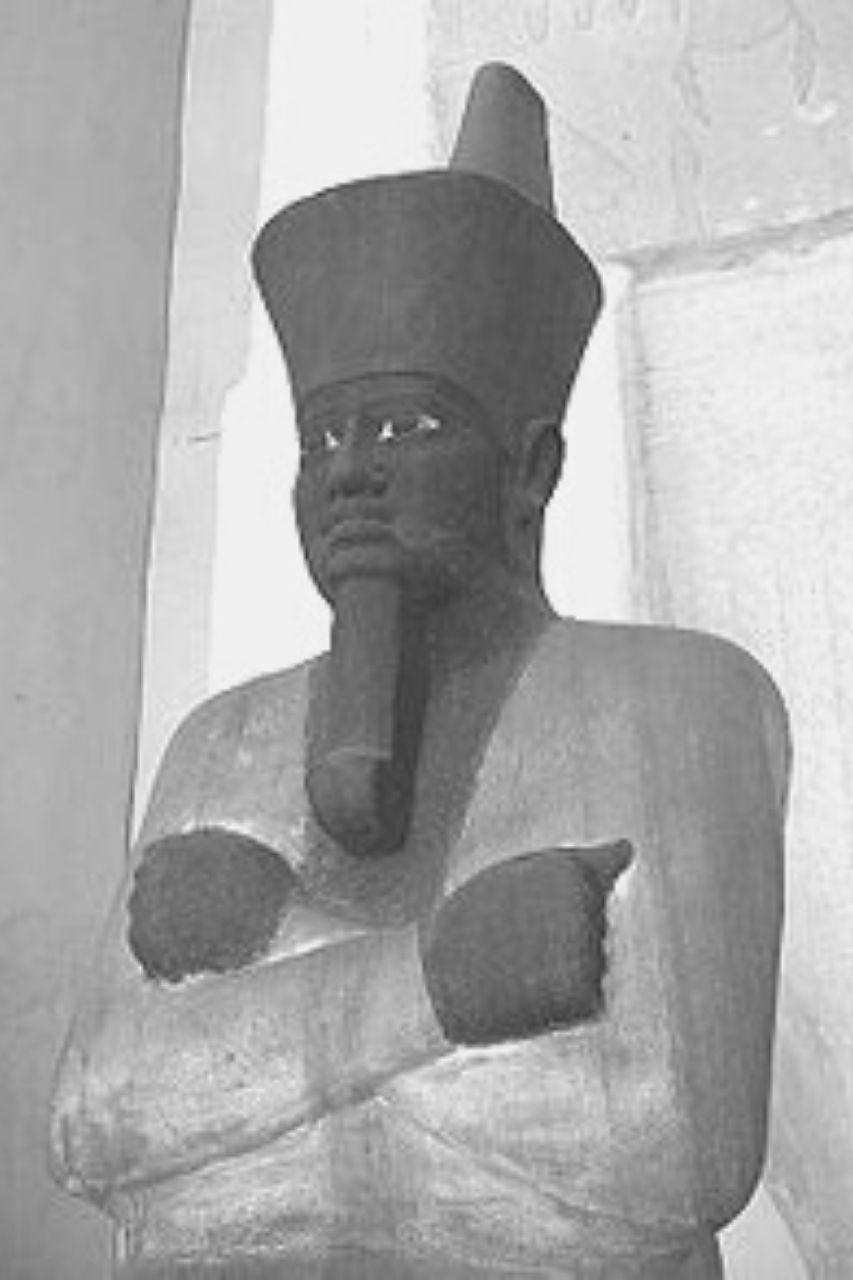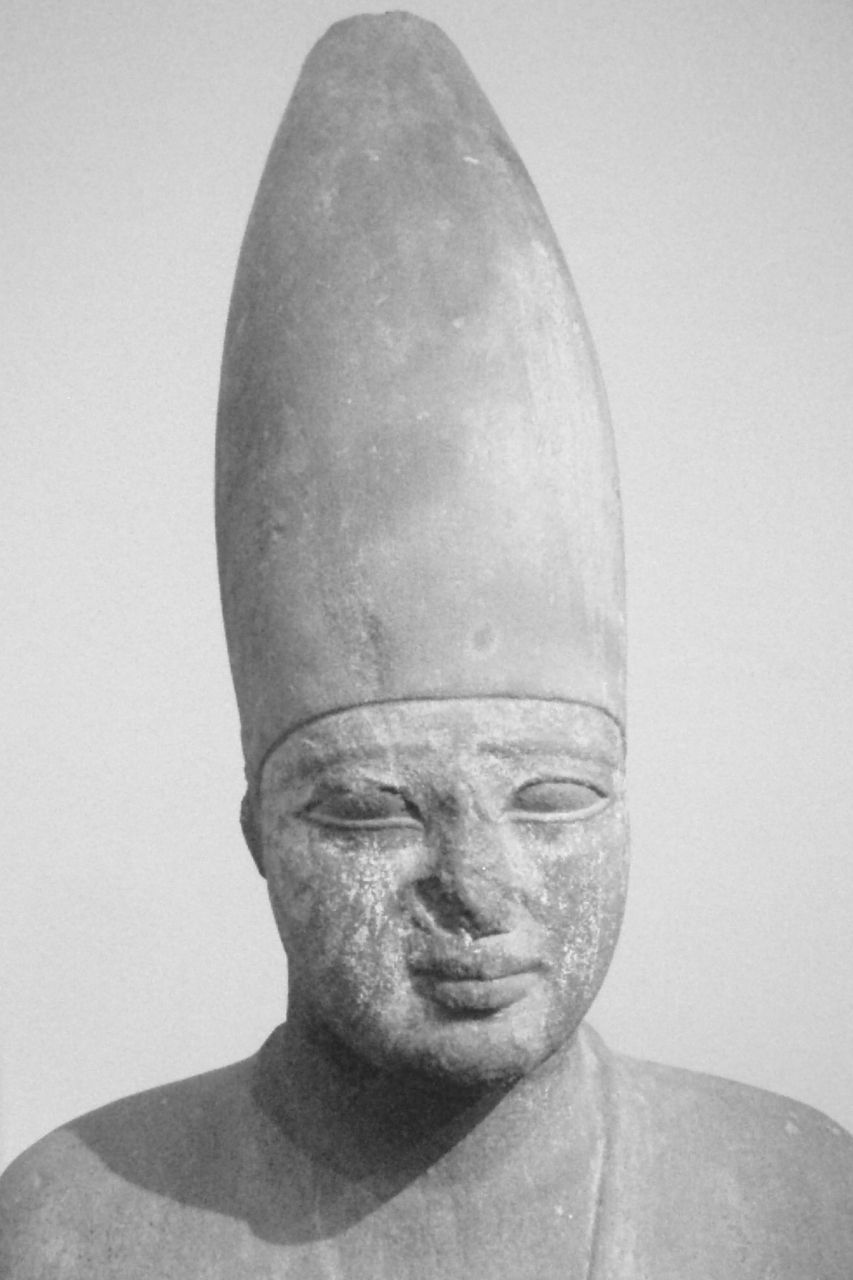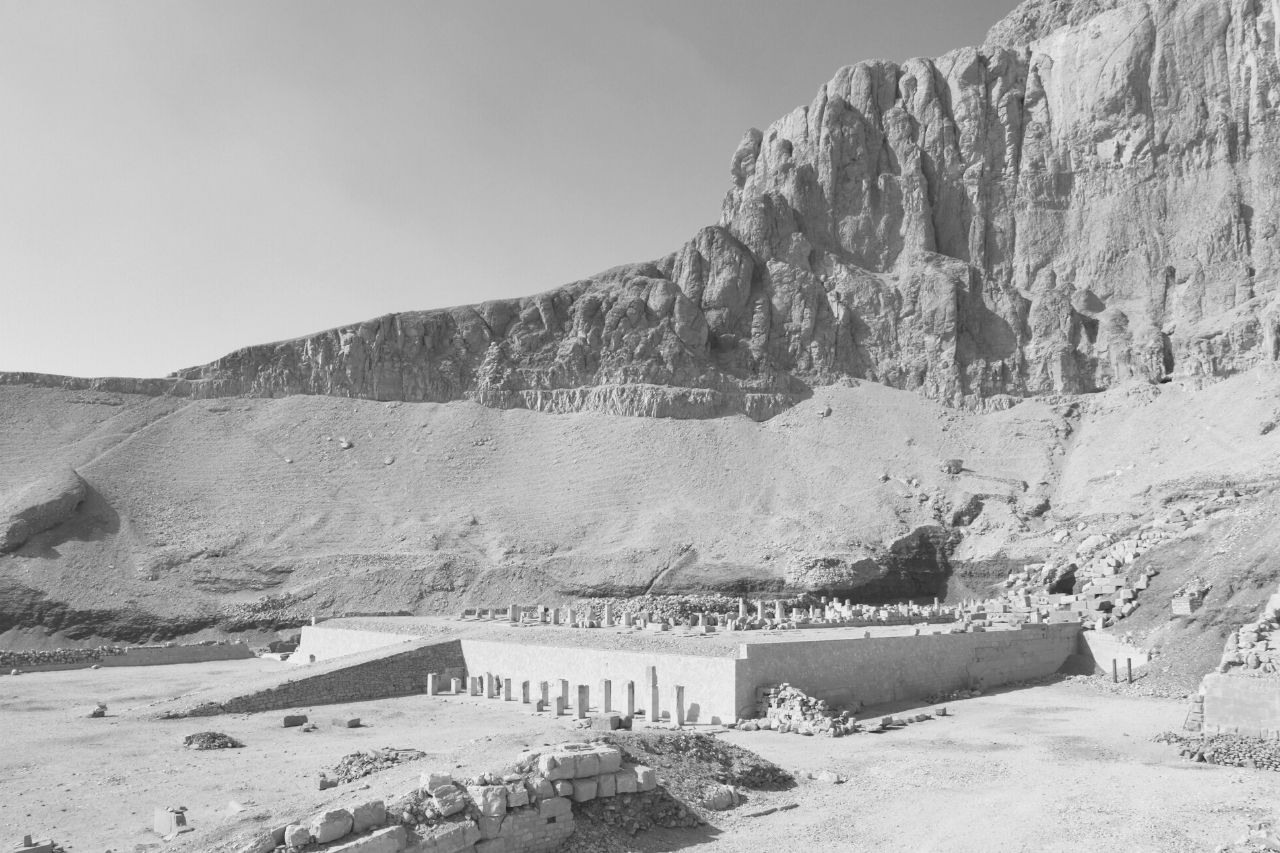Mentuhotep II: The Impressive King of a United Egypt
Mentuhotep II, also known as Nebrehepetre, was the pharaoh that unified Upper and Lower Egypt, thus leaving an indelible mark in ancient Egyptian history. His name carries a beautiful meaning, “Mentu is satisfied,” or as others say, “the Lord of the rudder is Ra.”
In this article, we trace back the deeds of this glorious king, which brought about the unification of the Middle Kingdom. Follow us in this fascinating journey through the brightest times of ancient Egypt.
Who Was Mentuhotep II?
Mentuhotep II was the sixth king of the 11th dynasty, and the pharaoh who spearheaded the campaign for the reunification of Upper Egypt and Lower Egypt. He was instrumental in the propagation of peace in the country to end the stormy beginnings of the region. His efforts led to his ascent to the throne, a position from where he ruled for 51 years.
He was the successor of his father, Intef III, and when he died, his son, Mentuhotep III, came into power. He started his reign in Thebes, in Upper Egypt, because the country was not united during his time. The country was divided, and tension began when the Herakleopoitan kings ransacked the sacred necropolis of the royal families in Abydos, in Upper Egypt.
The King Who Unified Egypt
You could perhaps figure out the consequence of this desecrating attack, which happened in the 14th year of Mentuhotep II’s leadership. In his fury, Mentuhotep assembled the northern army to invade Lower Egypt. His strong leadership led to the unification of Upper and Lower Egypt, which drove him to change his title to Shematawy, which means “He who unites the two lands.” You could tell that it happened because of the success of his campaign to enlarge his territory through the reunification of the two rivaling regions.
The Consequences of Egypt’s Unification
Immediate innovative actions followed the unification of Egypt. There were significant changes in the government that paved the way toward a stronger monarchy in terms of a larger territory and greater military power. This consolidation of power was a massive opportunity for the reformation of ancient Egypt, and government positions were filled with faithful followers of Mentuhotep II from Thebes.
This setup was favorable to Mentuhotep II because he received more authority across the region during his reign. He was diligent in checking all government posts, particularly those in different regions, and this resulted in a highly centralized government.
The Achievements of Mentuhotep II
King Mentuhotep II (2060–2009 BC) was the son of Intef III and his sister, Iah. Mentuhotep II was also known for his wives, namely Tem, Neferu II, Kawit, Sadeh, Ashayet, Henhenet and Kemsit. He was honored to be considered the first king of the ancient Egypt Middle Kingdom. He instituted several building projects that were illustrations of his grand rule.
Others commented that he was ambitious to launch his innovations in architecture and religion, but you know that Mentuhotep II tried to prove his kingship in completing his engineering works. Some of his projects included terraces and covered walkways in his temples.
He also made the first burial temple associated with the god Osiris. His designs influenced the art and structure of the temples of Hatshepsut and Thutmose III. Later, Mentuhotep II tomb was found at the necropolis of Deir el-Bahari in Thebes.
Mentuhotep II was in charge of an enormous territory, which he ruled peacefully. There were no reports of any dispute with his neighboring kingdoms. Although it was assumed that he was extremely young when he ascended to the throne, he was recognized for his democratic leadership, which you could probably believe because he held the throne for 51 years.
Mentuhotep II Legacy
Mentuhotep The Second worked hard for the reunification of the two regions of Egypt. The two regions entered a political strife, which led to military attacks and the death of Merikare, the ruler of Lower Egypt.
You could assume that the death of Merikare broke the people’s hope, and it was the beginning of their fall. Nobody could tell the exact date of the unification, but this event is nevertheless crucial in the history of Egypt.
The entire process was gradual, but it was considered his greatest legacy. You could probably imagine the instability of the nations at that time, the number of casualties, and the destruction. Such achievement drove the people to revere him for his wisdom and courage, which they thought were a result of divine powers.
Following his success against Merikare, Mentuhotep II also initiated military attacks against Nubia. Such attacks were led by his vizier, Khety, and these were again followed by his advances in Canaan.
While he was winning and his territory was growing, the king reorganized his administration by selecting respectable viziers, namely Bebi and Dagi. To complete the ranks of his officials, he also appointed Kheti as treasurer, Meru as his overseer and Intef as his general.
The reorganization of his officials focused on the centralization of power and the reinforcement of his sovereignty, such that he instituted new positions, including the Governor of Upper Egypt and the Governor of Lower Egypt. These governors were responsible for the local administration. You could tell that several officials suddenly received authority during the reign of Mentuhotep II.
The Temples of Mentuhotep II
The reign of Mentuhotep II was one of the golden periods in the history of Egypt. With his ambitious dream to make statues inscribed with his names, many temples had been built, but few survived the times. His burial temples in Abydos represented the honor of his reign, as well as those in Aswan, Tod and Karnak. These temples were mostly found in Upper Egypt, and they survived throughout the Middle Kingdom.
Mentuhotep II’s most ardent construction projects were his burial temples. His new concepts in engineering were helpful in terms of innovation at that time. The temple of Mentuhotep II was a clear source of inspiration for the next 550 years, because other royal family members were inspired by the audacity of his architectural ideas.
You must know that his prestige was not only based on his cutting-edge ideas but on the religious spirit embraced by the people attending his temples. Specifically, his prestige did not lie on the massive structure but on the thousands of people coming to pay homage to honor his name and the deities associated with him.
Another reason why his temples were distinct was his connection with Osiris, the god of the dead. You must remember that the people feared death, such that they had to be good to Osiris while they were still alive.
Mentuhotep II as a Hero
Known for his achievements in military, government, and religion, Mentuhotep II was revered not only for his innovations in engineering but also for his heroic undertakings. He was considered a brave warrior and the leader of the Middle Kingdom. He was compared with great kings, including Menes and Ahmose, as brilliant heroes of the past.
However, Mentuhotep II was criticized for the frequent changing of his name. He changed his name three times to emphasize the facets of his leadership, but this was confusing to many people who did not fully comprehend his background.
Mentuhotep II as a Warrior
The timeline of Mentuhotep II began when Egypt was still divided. He succeeded the throne during a political conflict between Upper Egypt and Lower Egypt. He also defeated Herakleopolis and Nubia, which led him to plan for the construction of Egyptian forts.
These garrisons were helpful in defending the country from intermittent fighting, which in the past had produced insecurity over the nation.
Mentuhotep as a Leader
Born with a generous heart to share his blessings, Mentuhotep II was famous for wholeheartedly showering his supporters with grants and positions. These families became loyal to him and stayed in power even hundreds of years after his reign. His officials gained much support from him when he was in Thebes. The vizier had been given full authority in some regions. These trusted people were given extensive support during his kingship.
He consulted royal builders to initiate an extensive program to strengthen his reign. For this reason, he established temples in Dendera, Gebelein, Abydos, and Upper and Lower Egypt. He established his temple in Deir el-Bahri as it was close to the temple of Karnak. This temple was significant because it was the final destination of the barque of Amun. You should not forget that he consistently showcased his name in every situation.
Although he was troubled, he was formidable in strength and authority. His people considered him a divine ruler with immense success in his endeavors. To show his power, he adopted a fivefold titulary after his reunification of Egypt and enhanced the vitality of his reign.
Ancient archeologists have discovered that there was a widespread distribution of wealth before reunification. Nonetheless, greater security in the land could only be exercised after a centralized government was established in Egypt.
Conclusion
Mentuhotep held a special position in the history of Egypt. His long reign produced a vital stage of history that was marked by peace and prosperity. There was political strife between Upper Egypt and Lower Egypt because of the desecration of royal tombs, but this conflict led to the unification of the two lands with Mentuhotep II as king.
Although soldiers perished during the dispute, it resulted in a reconciliation when Merikare — the leader of Lower Egypt — died, weakening his army. Hence, the anticipated unification happened, and the people started worshipping Mentuhotep II for what they thought was a divine ruler who used his contributions for the progress of Egypt.













